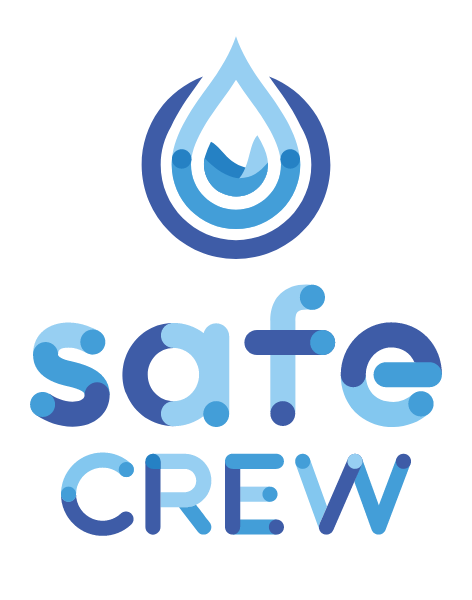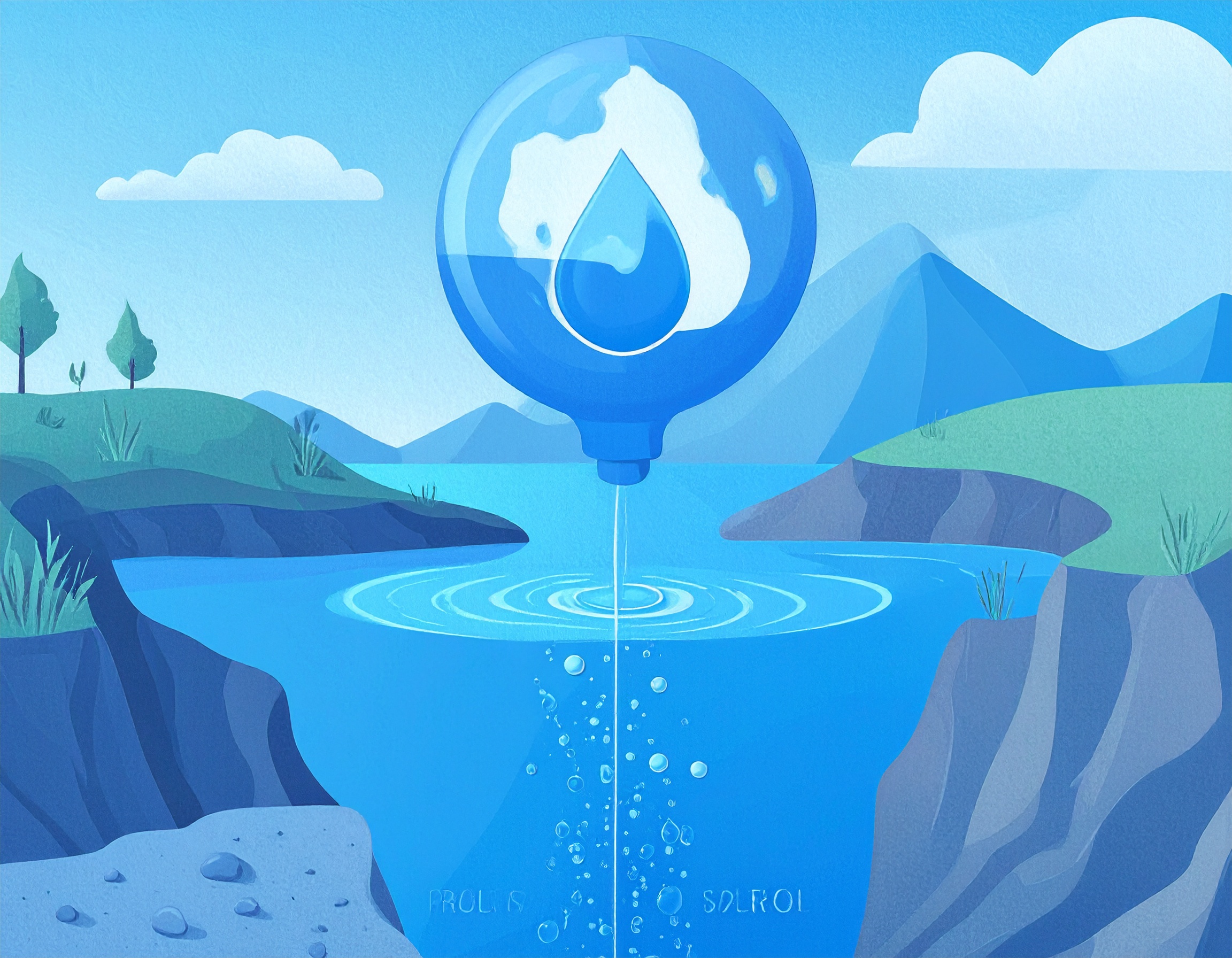The Council presidency and the European Parliament’s representatives reached a provisional political agreement on a proposed directive to review and update the lists of pollutants affecting surface waters and groundwater and corresponding regulatory standards. This agreement updates environmental quality standards for a number of pollutants and adds new ones, aligning EU water policy with the latest scientific evidence.
The agreement introduces new substances into the priority lists, including pesticides, pharmaceuticals, bisphenols, and per- and polyfluoroalkyl substances (PFAS). The agreement aims at both strengthening and streamlining monitoring and reporting obligations for EU member states, to improve the monitoring and transparency of water quality across the EU.
The agreement evokes positive reactions by most stakeholders. However, there are also critical statements considering the agreement on safeguarding groundwater quality to be insufficient. EurEau, the European Federation of National Associations of Water Services urges policy makers to reduce PFAS emissions by introducing strict control-at-source measures. Controlling priority substances in surface and ground waters needs to take into account the physical properties of most groundwater bodies, where very low renewal rates typically mean that pollution, once allowed in, can take decades or more to disappear.
The provisional deal will now need to be formally adopted by the Council and the Parliament before entering into force. Member States will then have to transpose the directive into national law by December 2027.
This revision is part of the EU’s “Zero Pollution by 2050” ambition, responding to the fact that nearly half of Europe’s surface waters and a quarter of its groundwater still fail to reach good chemical status.

